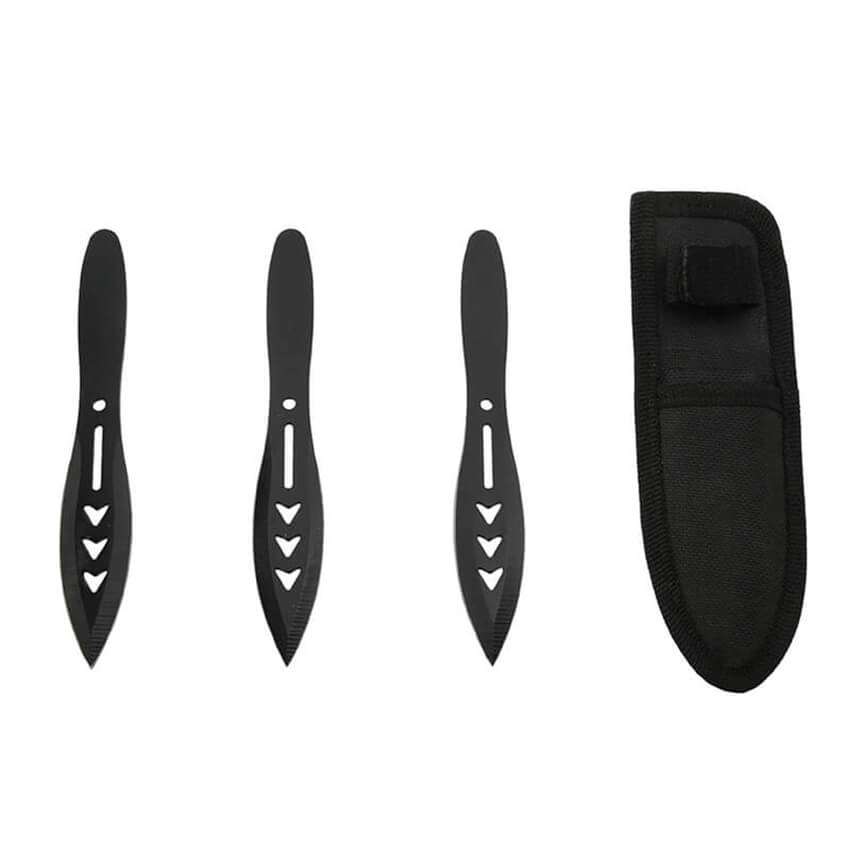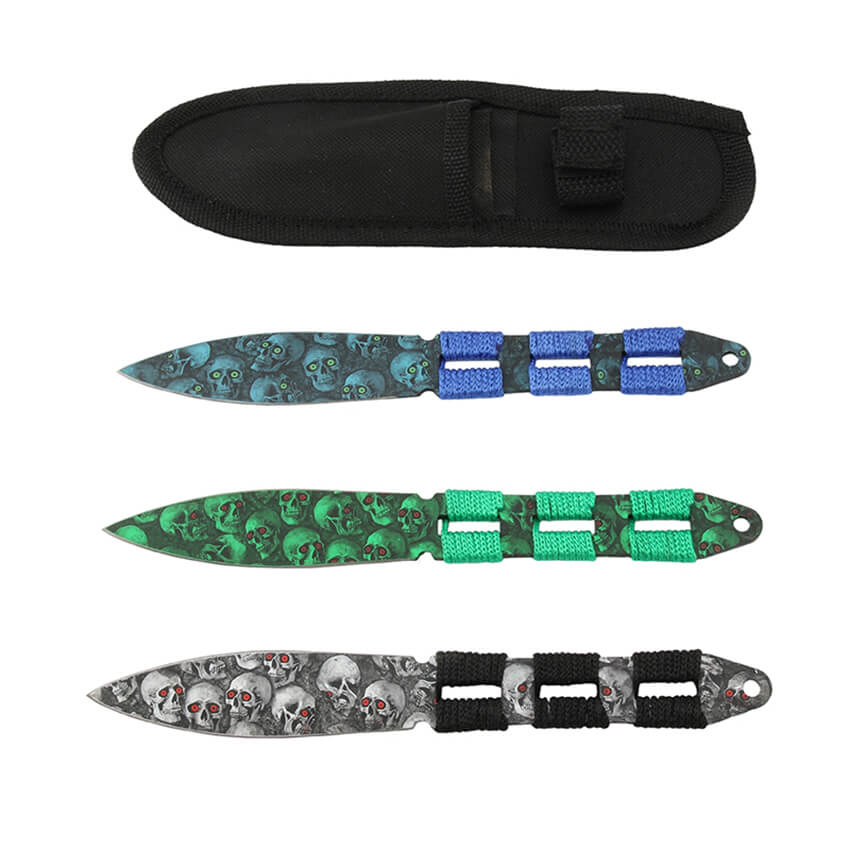![]() Windy
Windy
 WeChat
WeChat
 WhatsApp
WhatsApp
Click:243 seen
Recently, a "outdoor frisbee craze" has quietly emerged in many countries in Europe and America. This traditional sport, which was originally confined to bars and indoor venues, is now embracing nature in a brand-new way and attracting people of all ages to participate. In forest camps in Bavaria, Germany, mountain pastures in Colorado, USA, and coastal parks in Sydney, Australia, customized outdoor frisbee practice areas have sprung up like mushrooms after a rain, blending the crisp sounds of the metal frisbees with the chirping of birds and the rustling of the trees.
Unlike indoor darts, outdoor venues are often set in natural environments such as forests, lawns or beaches. The target surface material is upgraded to waterproof resin and fluorescent coating. At night, the dart targets shine like stars under the lights. Data from the British Outdoor Darts Association shows that in just the spring of 2025, the number of registered outdoor darts competitions in England increased by 210% compared to the previous year. Among them, the family and children group accounted for over 45%. At the "Canal Darts Festival" in Amsterdam, Netherlands, participants stand on the deck of a cruise ship to throw the darts, while the target is fixed on a pillar by the riverbank. Water flow and gentle breeze become "natural variables" that affect the results. This randomness makes the competition full of fun.

Professional competitions are also innovating their rules: The "Rainforest Darts Championship" held in Vancouver, Canada, features a 50-meter distance target. Contestants have to complete their throws on a moss-covered log path, and the damp air and undulating terrain test their accuracy. Meanwhile, the "Cliff Darts Challenge" in Barcelona, Spain, places the target on a 100-meter cliff. Contestants throw from a crouched position under the protection of safety personnel, and the dual stimulation of the mountain and sea scenery and adrenaline has participants exclaiming, "It redefines extreme sports."
The popularity of outdoor darts has given rise to new forms of the industry chain. The German brand "DartNature" has launched a foldable and environmentally friendly target stand, made of degradable plastic and carbon fiber, weighing only 1.2 kilograms. Data from an American e-commerce platform shows that the sales of outdoor darts-related equipment will exceed 370 million US dollars in 2025. Innovative products such as smart darts with GPS distance measurement function and UV-protective dart stickers have become bestsellers. Environmental organizations have also taken this opportunity to promote their ideas. The French "Darts and Forest" charity project requires participants to plant a tree around the venue for each game they complete. So far, more than 2,000 hectares of forest have been planted.

Psychological experts have pointed out that the popularity of outdoor darts reflects the urban population's craving for "natural healing". In a follow-up study conducted at the University of Munich in Germany, it was found that the average cortisol level (a stress hormone) of people who regularly participated in outdoor darts activities decreased by 28%, and their concentration improved by 17%. When the sound of the metal dart piercing the target is combined with the rustling of leaves, this sport that combines precise competition with natural experience is becoming a "mental dart" for modern people to escape from the concrete jungle. While measuring the distance to nature, it also strengthens the emotional connection between people and the land.

